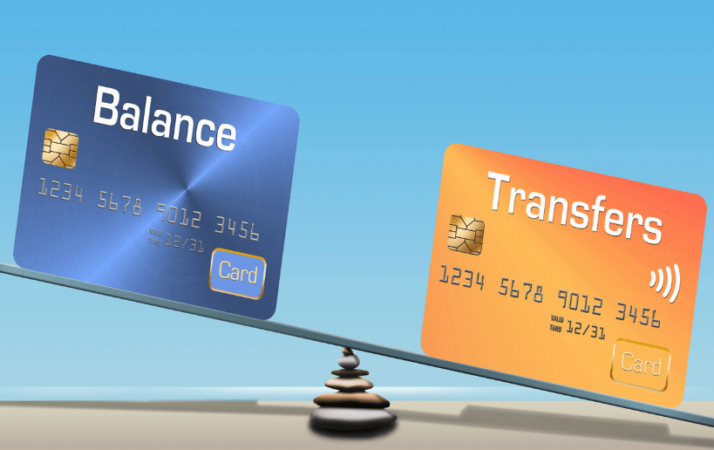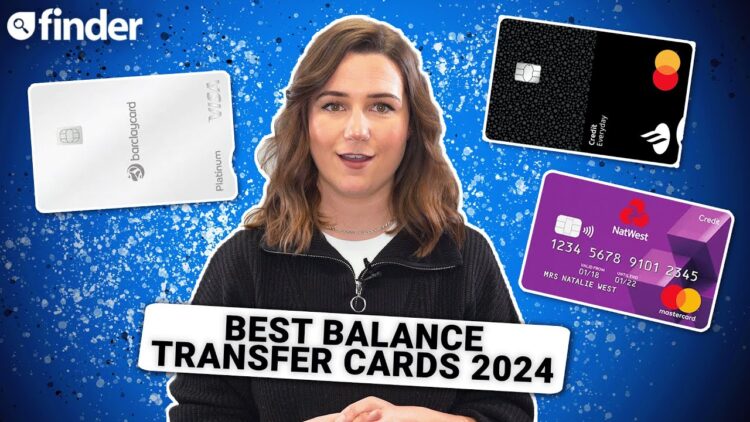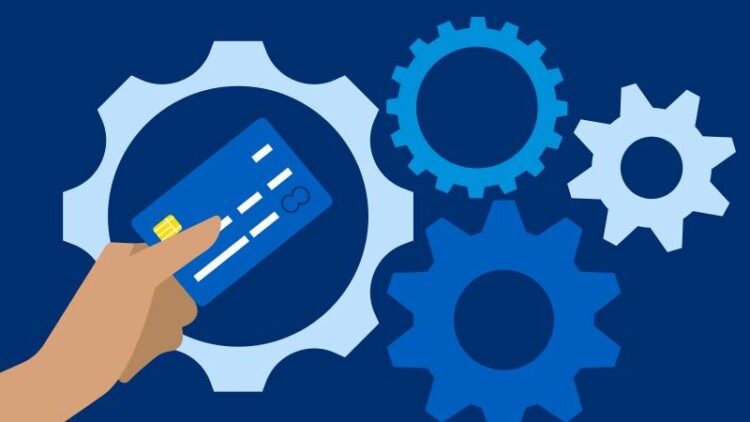
No cost balance transfer credit cards can be a lifesaver for those looking to save on interest charges. These cards allow you to transfer outstanding balances from other credit cards to a new card with a 0% introductory APR period, giving you time to pay down your debt without accruing additional interest. This strategy can be especially beneficial if you have high-interest debt or want to consolidate multiple balances into one manageable payment.
However, it’s important to understand the terms and conditions associated with these cards. While they offer a temporary reprieve from interest, they often come with balance transfer fees, limited introductory periods, and potential increases in APR after the introductory period. To make the most of a no-cost balance transfer card, you need to carefully compare offers, understand the terms, and create a solid repayment plan to avoid accumulating more debt.
Key Features and Considerations: No Cost Balance Transfer Credit Cards

No-cost balance transfer credit cards offer a way to consolidate debt and potentially save money on interest charges. However, it’s crucial to understand the key features and potential drawbacks before making a decision.
Introductory APR Periods
Balance transfer cards typically offer an introductory APR (Annual Percentage Rate) for a specific period, usually 12 to 18 months. During this period, you’ll pay a significantly lower interest rate on your transferred balance, allowing you to pay down the debt faster. After the introductory period ends, the APR reverts to the card’s standard APR, which can be much higher.
Balance Transfer Fees
While the balance transfer itself might be free, most cards charge a balance transfer fee, typically a percentage of the amount transferred. This fee can range from 3% to 5% of the balance, so it’s essential to factor it into your calculations to determine if the potential savings on interest outweigh the fee.
Eligibility Requirements
To qualify for a no-cost balance transfer card, you’ll need to meet certain eligibility requirements. These typically include a good credit score, a history of responsible credit use, and sufficient income. Credit card issuers use these criteria to assess your ability to repay the debt.
Comparing Offers
It’s essential to compare offers from different card issuers to find the best terms and conditions. Consider factors like the introductory APR period, the balance transfer fee, the standard APR after the introductory period, and any other benefits or rewards offered.
Potential Drawbacks
While balance transfer cards can be beneficial, it’s important to be aware of potential drawbacks.
- Higher Interest Rates After Introductory Period: The most significant risk is the higher interest rate that kicks in after the introductory period. If you haven’t paid off the balance by then, you’ll start accruing interest at a much higher rate, potentially negating any savings you achieved during the introductory period.
- Balance Transfer Fees: As mentioned earlier, balance transfer fees can significantly impact the overall cost of transferring your debt. Make sure to factor in these fees when calculating your potential savings.
- Impact on Credit Utilization: Transferring a large balance can increase your credit utilization ratio, which is the amount of credit you’re using compared to your total available credit. A high credit utilization ratio can negatively impact your credit score.
How to Find the Right No-Cost Balance Transfer Card
Finding the best no-cost balance transfer card requires careful consideration of your financial circumstances and needs. You need to analyze your current debt situation, interest rates, and credit score, among other factors.
Comparing No-Cost Balance Transfer Cards
Before applying for a card, it is crucial to compare different options and assess their key features. Here is a table comparing some popular no-cost balance transfer cards available in the market:
| Card | Balance Transfer APR | Introductory Period | Annual Fee | Other Benefits |
|---|---|---|---|---|
| Card A | 0% for 18 months | 18 months | $0 | Rewards program, travel insurance |
| Card B | 0% for 21 months | 21 months | $95 | Travel perks, airport lounge access |
| Card C | 0% for 15 months | 15 months | $0 | Cash back rewards, purchase protection |
Checking Credit Scores and Eligibility Criteria
Checking your credit score and understanding eligibility criteria is crucial before applying for a no-cost balance transfer card. A higher credit score generally improves your chances of approval and can also help you qualify for lower interest rates.
Alternatives to No-Cost Balance Transfer Cards
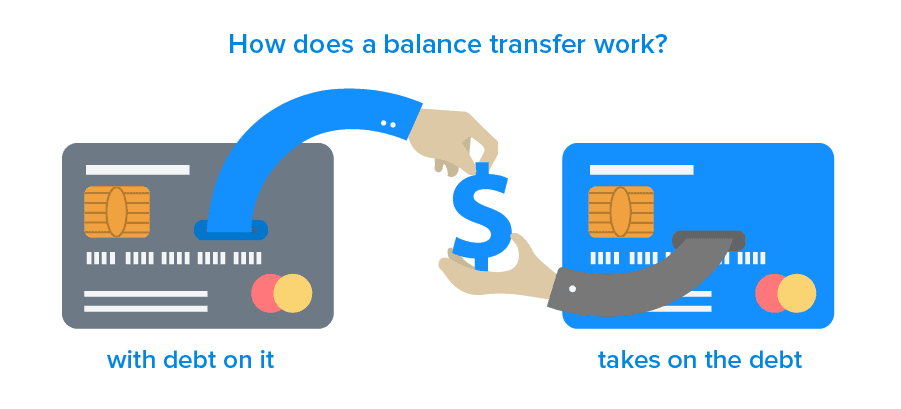
While no-cost balance transfer cards can be a valuable tool for managing credit card debt, they aren’t the only option available. Exploring alternative strategies can help you find the best solution for your specific financial situation.
This section will discuss alternative strategies for managing credit card debt, such as debt consolidation loans and balance transfer services. We’ll compare the advantages and disadvantages of these alternatives to no-cost balance transfer cards and offer guidance on choosing the most suitable option based on individual circumstances.
Debt Consolidation Loans, No cost balance transfer credit cards
Debt consolidation loans combine multiple debts, such as credit card balances, into a single loan with a fixed interest rate. This can simplify debt management and potentially lower your monthly payments.
Advantages of Debt Consolidation Loans
- Lower Monthly Payments: By consolidating your debt into a loan with a lower interest rate, you can potentially reduce your monthly payments, freeing up cash flow for other expenses.
- Fixed Interest Rate: Debt consolidation loans typically have fixed interest rates, which means your monthly payments will remain consistent over the loan term, providing predictability and financial stability.
- Simplified Debt Management: Having a single loan to manage instead of multiple credit card balances can simplify debt repayment and make it easier to track your progress.
Disadvantages of Debt Consolidation Loans
- Higher Interest Rates: While debt consolidation loans can offer lower interest rates than some credit cards, they may still have higher rates than other types of loans, such as personal loans. It’s crucial to compare interest rates from different lenders before deciding.
- Potential for Increased Debt: If you don’t make significant changes to your spending habits, you may find yourself accumulating new debt on your credit cards, negating the benefits of consolidation.
- Loan Fees: Debt consolidation loans often come with origination fees or other charges, which can add to the overall cost of borrowing.
Balance Transfer Services
Balance transfer services allow you to transfer balances from one credit card to another, often with a promotional introductory period offering a 0% APR. These services can be helpful for reducing interest charges and paying off debt faster.
Advantages of Balance Transfer Services
- Lower Interest Charges: The promotional 0% APR offered by balance transfer services can significantly reduce interest charges, allowing you to focus on paying down the principal balance.
- Flexibility: Balance transfer services offer flexibility in choosing the credit card that best suits your needs, considering factors like transfer fees, introductory APR periods, and rewards programs.
- Improved Credit Utilization: By transferring balances to a new credit card, you can potentially lower your credit utilization ratio, which can positively impact your credit score.
Disadvantages of Balance Transfer Services
- Transfer Fees: Balance transfer services typically charge a fee, usually a percentage of the transferred balance. This fee can add to the overall cost of transferring your debt.
- Limited Time: The promotional 0% APR period is usually limited, typically lasting for a few months or a year. Once the introductory period ends, the interest rate will revert to the card’s standard APR, which can be significantly higher.
- Potential for Increased Debt: If you continue to make new purchases on the transferred card during the promotional period, you may end up accruing more debt than you started with.
Closing Summary
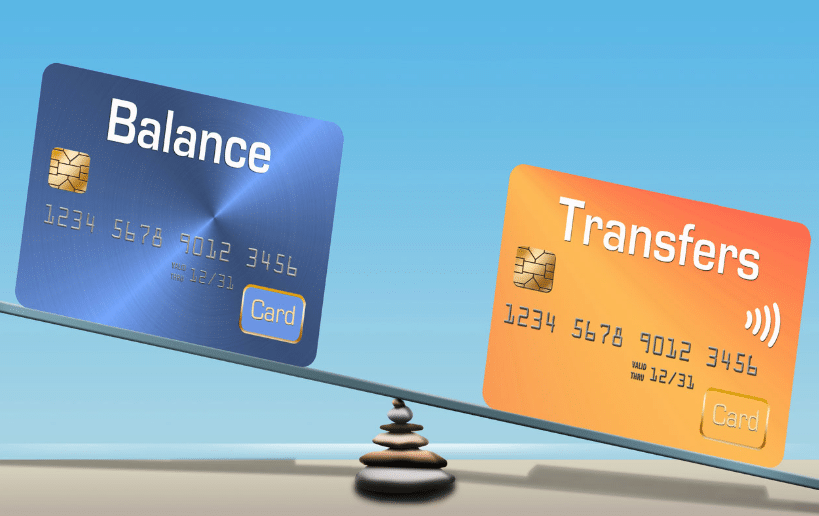
No cost balance transfer credit cards can be a valuable tool for managing debt and saving money on interest charges. By carefully researching and comparing offers, understanding the terms and conditions, and developing a realistic repayment plan, you can maximize the benefits of these cards and work towards becoming debt-free. Remember, it’s crucial to stay informed about your credit score and eligibility criteria before applying for any card. With the right approach, you can harness the power of no-cost balance transfer credit cards to your advantage and take control of your finances.
General Inquiries
What is the typical introductory APR period for no-cost balance transfer credit cards?
Introductory APR periods for no-cost balance transfer cards typically range from 6 to 18 months, but can sometimes extend up to 21 months. It’s important to note that the APR will revert to a standard rate after the introductory period, which can be significantly higher.
Are there any other fees associated with no-cost balance transfer credit cards?
While the balance transfer itself might be free, some cards may charge additional fees like annual fees, foreign transaction fees, or late payment fees. It’s essential to read the fine print and understand all associated fees before applying.
How can I ensure I’m eligible for a no-cost balance transfer credit card?
To be eligible for a no-cost balance transfer credit card, you generally need a good credit score, a low debt-to-income ratio, and a history of responsible credit usage. It’s advisable to check your credit score before applying to see where you stand and what offers you might qualify for.


